You've probably noticed that even the best athletes make adjustments throughout their training and competitions. These changes, whether in technique, strategy, or mindset, can greatly enhance performance. By fine-tuning their approach, athletes can better respond to challenges, minimize risks, and access their full potential. But what exactly drives these improvements? Understanding the underlying factors can reveal how adjustments shape not just physical abilities, but also mental resilience and focus. Let's explore the nuances behind these transformations and what they mean for athletic success.
Types of Adjustments in Sports
In the dynamic world of sports, adjustments play an essential role in enhancing performance. You can think of adjustments as modifications that help you better adapt to the ever-changing demands of competition.
These adjustments can be broadly categorized into tactical, technical, and mental adjustments.
Tactical adjustments involve changes in strategy during a game or match. For instance, if you're facing a particularly aggressive opponent, you might decide to shift your defensive stance or alter your offensive strategy to counter their strengths. This flexibility allows you to exploit weaknesses and better position yourself for success.
Technical adjustments focus on refining your skills and execution. You might need to tweak your shooting form in basketball or adjust your grip in tennis to improve accuracy. These minor changes can lead to significant improvements in your overall performance.
You should regularly assess your technique and be open to feedback, as this can help you make the necessary adjustments.
Finally, mental adjustments are important for maintaining focus and resilience. You might need to change your mindset after a setback, reminding yourself of your strengths and capabilities.
Visualization techniques or mindfulness practices can also help you stay composed under pressure.
Physiological Benefits of Adjustments
Adjustments not only enhance your performance on a strategic and technical level but also offer significant physiological benefits that can elevate your overall athletic capabilities. When you make adjustments to your training, technique, or recovery strategies, you're directly influencing your body's efficiency and effectiveness.
One key physiological benefit of adjustments is improved biomechanics. By refining your movement patterns, you can increase your power output while reducing the risk of injury. This means you can run faster and jump higher without putting unnecessary strain on your muscles and joints. Adjustments can also lead to better muscle activation, ensuring that the right muscle groups are engaged at the right times, which enhances overall performance.
Another important aspect is increased range of motion. Making adjustments to your warm-up and stretching routines can improve flexibility, allowing you to perform at your full potential. This increased flexibility not only enhances your athletic performance but also helps prevent injuries, keeping you in the game longer.
Adjustments can also boost your cardiovascular efficiency. By modifying your training regimen, you can enhance your aerobic capacity, enabling you to sustain higher levels of exertion for extended periods. This means you can run longer, swim further, or cycle harder without fatigue.
Lastly, optimizing your nutrition through adjustments can lead to improved energy levels and faster recovery times. By fueling your body appropriately, you'll support muscle repair and growth, ensuring you're always ready for your next challenge.
Embracing these physiological benefits will certainly transform your athletic performance.
Psychological Effects on Performance
Mental resilience plays an essential role in athletic performance, influencing how you respond to challenges and setbacks. When you're faced with adversity, your ability to maintain focus and stay positive can make a significant difference in your performance. This mental strength helps you push through fatigue, recover from mistakes, and adapt to changing circumstances during competitions.
Adjustments, whether they're tactical, technical, or psychological, can enhance your mental resilience. By making small changes to your training or mindset, you can develop a greater sense of control over your performance. For instance, if you learn to reframe negative thoughts into positive affirmations, you'll find it easier to stay motivated and perform at your best.
Additionally, practicing mindfulness techniques, such as visualization and breathing exercises, can help you maintain composure under pressure. These adjustments not only build your confidence but also help you manage anxiety, which can hinder your performance. When you feel mentally prepared, you're more likely to trust your instincts and execute your skills effectively.
Support from coaches and teammates also plays a significant role. When you receive constructive feedback and encouragement, it boosts your confidence and reinforces your belief in your abilities. This collaborative environment fosters mental resilience, allowing you to tackle challenges head-on.
Ultimately, embracing adjustments in your approach can lead to improved focus, enhanced motivation, and a more robust competitive mindset, all of which are essential for achieving peak performance in sports.
Case Studies of Successful Adjustments
Many athletes have successfully integrated adjustments into their training regimens, leading to remarkable improvements in performance. By studying these cases, you can see how targeted changes can yield significant results.
Let's take a look at three standout examples.
- Michael Phelps: The Olympic swimmer adjusted his training to include more strength conditioning as he aged. This shift not only improved his speed but also enhanced his endurance, allowing him to remain competitive across multiple Olympics.
- Serena Williams: After facing injury setbacks, Serena modified her training to focus on recovery and flexibility. Incorporating yoga and pilates helped her regain strength without risking further injury, contributing to her triumphs in Grand Slam tournaments.
- Tom Brady: The NFL quarterback embraced a strict diet and fitness regimen that emphasized pliability and recovery. By adjusting his approach to nutrition and training, he extended his playing career, consistently performing at an elite level well into his 40s.
In each of these cases, the athletes recognized the need for change and implemented targeted adjustments that aligned with their personal goals and physical needs.
It's a demonstration of the power of adaptability in sports. You too can learn from these examples, finding the right adjustments that can elevate your performance to new heights.
Whether it's changing your training style, incorporating new techniques, or focusing on recovery, the right adjustments can make all the difference.
Implementing Adjustments Effectively
When it comes to enhancing your sports performance, implementing adjustments effectively is vital. You need to approach adjustments with a clear strategy to guarantee they contribute positively to your training and competition. Start by identifying specific areas where improvement is needed. Whether it's refining your technique, boosting your stamina, or enhancing your mental focus, pinpointing these aspects will guide your adjustments.
Once you've identified what needs changing, develop a plan that outlines the steps you'll take. Break down your adjustments into manageable tasks. For instance, if you're working on a specific skill, set aside dedicated practice time and focus solely on that skill during those sessions. Consistency is key; regular practice solidifies new techniques and habits.
Next, monitor your progress. Keep a journal or use apps to track your performance metrics. This real-time feedback allows you to assess whether your adjustments are effective. If something isn't working, don't hesitate to tweak your approach. Flexibility is vital; sometimes, the best adjustments come from trial and error.
Lastly, seek feedback from coaches or peers. Their perspectives can provide insights you might miss. Engaging with others fosters a collaborative environment that enhances your understanding of the adjustments you're making.
Conclusion
Incorporating adjustments into your training and competition can greatly elevate your sports performance. By refining techniques, adapting strategies, and boosting mental resilience, you're setting yourself up for success. Regular feedback and a willingness to change allow you to pinpoint areas for improvement, ensuring you stay competitive and injury-free. Embrace these adjustments, and you'll not only enhance your efficiency and effectiveness but also cultivate a mindset that thrives under pressure. Keep adapting, and watch your performance soar!



